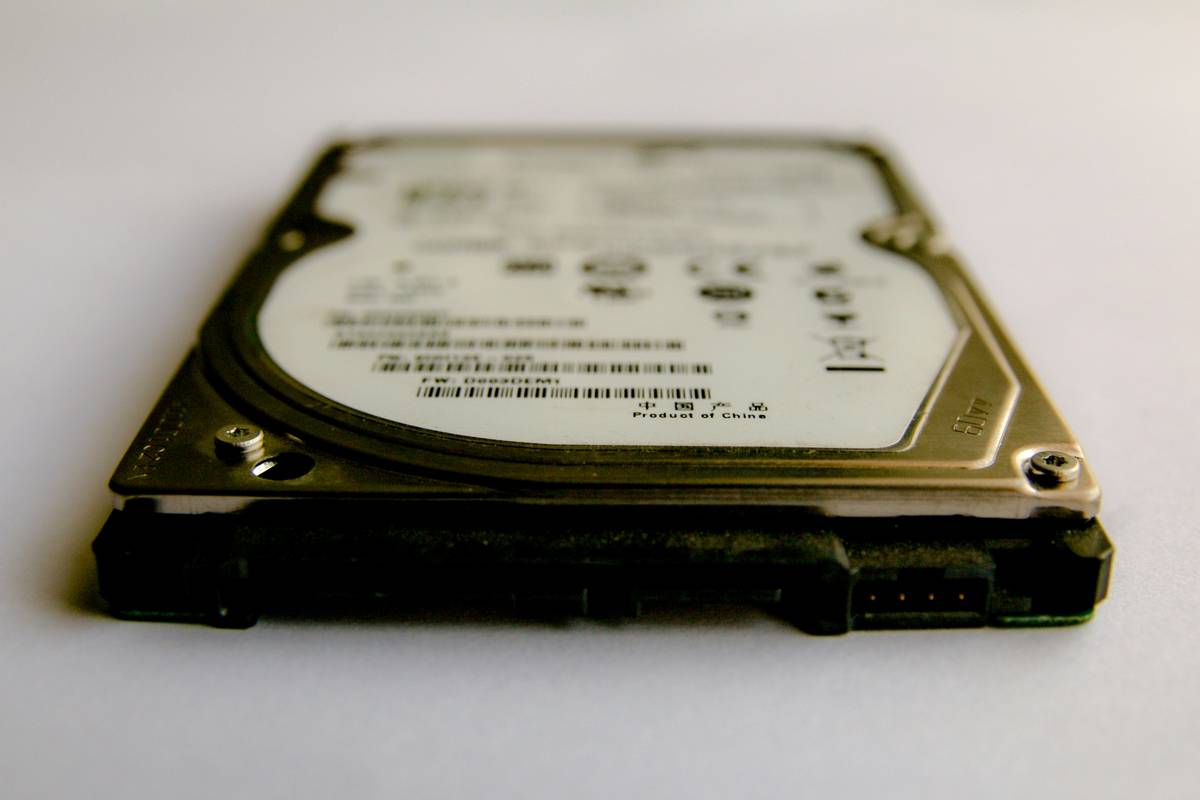“Ever had your business phone system crash mid-call with a VIP client? Yeah, that sinking feeling in your stomach isn’t just indigestion—it’s panic.”
In today’s hyper-connected world, businesses rely on seamless communication more than ever. But what happens when your phone system goes down? It’s not just an inconvenience; it’s a productivity killer. The solution? Phone system backup integration. In this post, we’ll explore what it is, why you need it, and how to implement it without losing your sanity (or your coffee).
Table of Contents
- Why You Can’t Ignore Phone System Backup Integration
- How to Set Up Phone System Backup Integration
- 5 Best Practices for Rock-Solid Backup Integration
- Real-World Success Stories: Businesses That Nailed It
- Frequently Asked Questions About Phone System Backup Integration
Key Takeaways
- Phone system backup integration ensures uninterrupted communication during outages.
- Setting up backup integration requires planning but can save thousands in lost revenue.
- Cloud-based solutions provide flexibility and scalability for modern businesses.
- Avoid common pitfalls like ignoring failover testing or relying solely on manual backups.
Why You Can’t Ignore Phone System Backup Integration
“Optimist You:” “Oh, our phone system will never crash!”
“Grumpy You:” “Ugh, famous last words.”
Picture this: A small marketing agency loses its entire VoIP network due to a power outage. No calls. No messages. Just silence. By the time they restored service, two major clients had gone radio silent—literally and figuratively. Ouch.
This scenario isn’t rare. According to recent studies, downtime costs businesses up to $5,600 per minute! And while you might think your system is bulletproof, trust me—nothing is immune to failure. Even I once ignored setting up backups because “it seemed complicated,” only to lose access to critical customer data. Lesson learned the hard way.

How to Set Up Phone System Backup Integration
Now that we’ve covered the nightmare scenarios, let’s talk about prevention. Follow these steps to set up a robust backup integration:
Step 1: Assess Your Current System
Do you even know where your phone system vulnerabilities lie? First things first—audit your existing setup. Identify weak points, such as outdated hardware or reliance on a single internet provider.
Step 2: Choose a Reliable Cloud Solution
Gone are the days of clunky on-premise servers. Modern cloud-based phone systems offer automatic backups and failover options. Popular providers include RingCentral, Zoom Phone, and Nextiva.
Step 3: Implement Failover Protocols
Failover means redirecting calls automatically to another line or device if your primary system fails. Set this up through your chosen provider’s dashboard. Think of it as having a fire escape plan—it’s essential, and no one regrets preparing for disaster.
Step 4: Test Regularly
Here’s a terrible tip: Don’t test your backup system until something breaks. Just kidding! Testing should be regular. Simulate a crash every quarter to ensure everything works smoothly. Bonus points if you do it after lunch—you’ll have fresh coffee fueling your efforts.

5 Best Practices for Rock-Solid Backup Integration
- Diversify Providers: Relying on one carrier is risky. Split your services across multiple ISPs.
- Automate Backups: Manual backups are prone to human error. Let automation handle it.
- Train Your Team: Ensure employees understand failover procedures. Share FAQs internally.
- Monitor Performance: Use analytics tools to track uptime and detect potential issues early.
- Invest in Security: Secure your backups against cyber threats like ransomware attacks.
Real-World Success Stories: Businesses That Nailed It
Let’s take inspiration from those who got it right:
- Case Study 1 – Retail Giant Saves Thousands: A large retail chain implemented cloud-based failover and avoided over $20,000 in losses during a hurricane-induced blackout.
- Case Study 2 – Startup Survives Outage: A tech startup used automated rerouting during a server failure, retaining all scheduled meetings with investors.
Sounds too good to be true? It’s not. These companies prove that proper preparation pays off—big time.

Frequently Asked Questions About Phone System Backup Integration
What Exactly Is Phone System Backup Integration?
It’s a process that ensures continuous operation by switching to alternate systems during failures.
How Much Does It Cost?
Pricing varies by provider, but expect anywhere from $50-$200/month depending on scale.
Can I DIY This Setup?
Yes, but unless you’re tech-savvy, hiring a pro saves headaches later.
Conclusion
Let’s recap: Phone system backup integration keeps your business running smoothly—even during unexpected hiccups. From assessing vulnerabilities to implementing failovers, there’s no excuse to skip this step anymore. Trust me—I’ve made the mistakes so you don’t have to.
And hey, remember: “Like a Nokia brick phone, some strategies stand the test of time—but adaptability wins.”
One ringy-dingy,
Two backup links ready,
No downtime blues!


